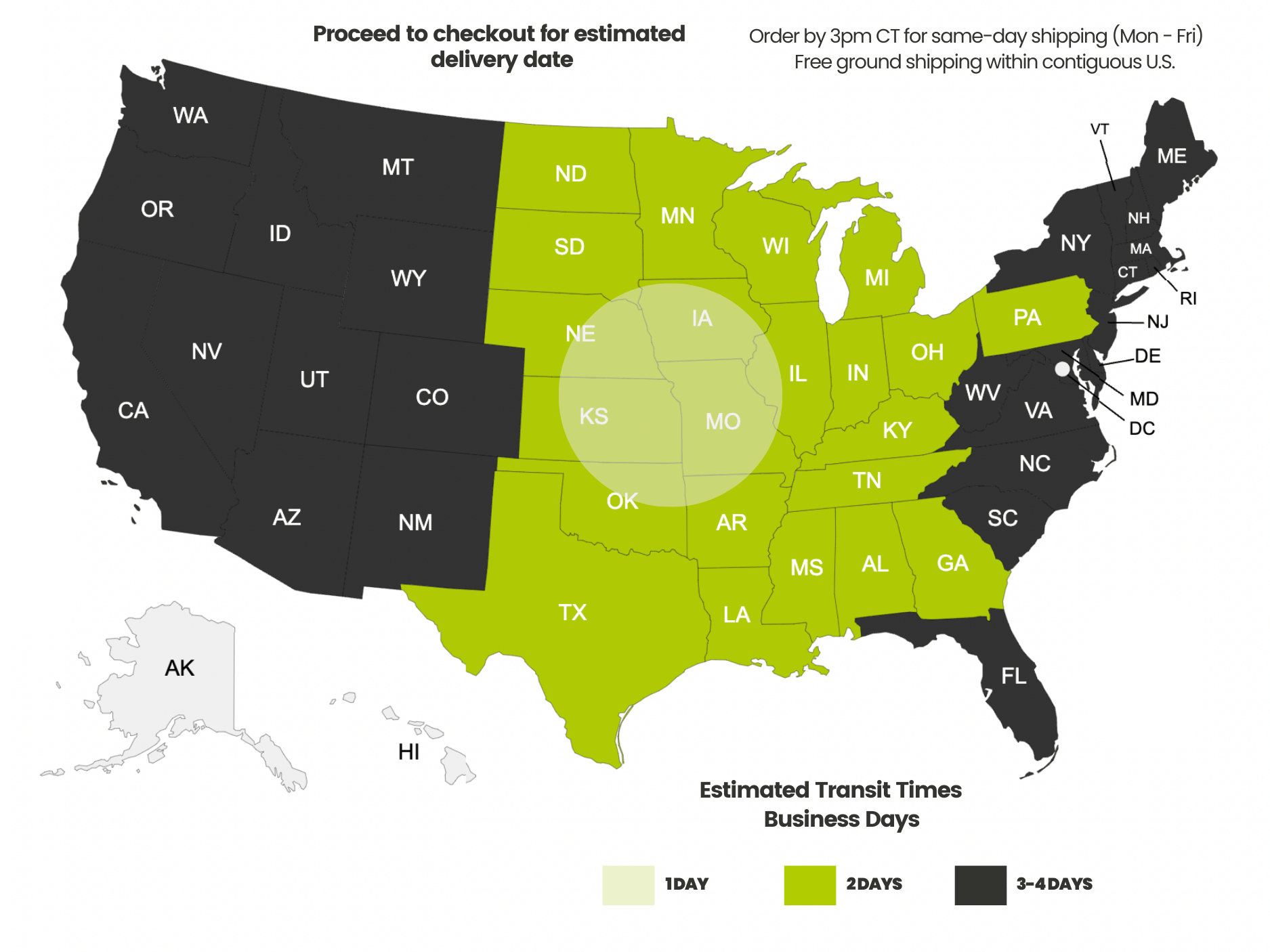Payment methods accepted

Ethernet Cable Shielding Types
Written by Dave Harris, trueCABLE Technical Specialist, BICSI INST1 Certified
Like it or not, eventually you will probably encounter a situation that requires the installation of shielded Ethernet cable. Usually these will be situations that are at risk of electromagnetic interference (EMI) or electrostatic discharge (ESD). Outdoor aerial installations need it. Installations near high voltage circuits need it. I was once involved with a WI-FI installation at an old hospital building. The area above the ceiling was so full of power lines, servos, motors, and other communications cables that we had to use shielded Cat6A cable throughout the building. The differences between shielded and unshielded cable and situations where they are used are summarized in our Cable Academy blog, Shielded vs. Unshielded Cable.
It is important to choose the correct Ethernet cable, and to be able to identify it at the job site, especially since there are different types of shielding that might be specified for the installation, depending on the environment.

A code is used to describe the shielding. For example, a completely unshielded Ethernet cable carries the code, U/UTP. Here the first occurrence of “U” before the slash stands for “unshielded.” This means that there is no Foil Shield (F) or braided screen (S) surrounding the entire cable, immediately beneath the jacket. The second occurrence of “U” after the slash also stands for unshielded, but the “TP” after it means that this is referring to individual twisted pairs within the network cable. So “U/UTP” literally stands for “unshielded Ethernet cable / unshielded twisted pairs.”
The photograph above shows the shielding code printed on a portion of a shielded outdoor cable. The code “F/UTP” stands for “foil shielded Ethernet cable / unshielded twisted pairs.”
A shielded network cable might show a code of F/UTP if the overall shield is composed of an aluminum foil. A code of S/FTP means a cable screen of braided aluminum and aluminum foil wraps for each individual twisted pair. “S/FTP” literally stands for “screen-shielded Ethernet cable / foil-shielded twisted pairs.”
Some caution is needed for certain cases. “U/UTP” is often shortened to “UTP,” and “F/UTP” is often shown instead as “FTP.” More often, shielded networking cable is referred to generically as “STP”, regardless of how the cable is shielded. This is a possible point of confusion, especially for those new to the trade.
Some Examples of Shielding Types
U/UTP - Unshielded Cable / Unshielded Twisted Pair

This Ethernet cable is completely unshielded. It can be used in situations that lack nearby electromagnetic interference (EMI), and that are not affected by electrostatic discharge (ESD). The lack of shielding allows for the construction of cable that is thinner and more flexible than shielded cable, and so it’s usually easier to install. Unlike shielded Ethernet cable, it does not require a ground connection. A plastic spline is often found in the center of both shielded and unshielded Ethernet cable, to offer protection against crosstalk from both internal pairs and external cables.
F/UTP - Foil Shielded Cable / Unshielded Twisted Pair

S/UTP - Screen Shielded Cable / Unshielded Twisted Pair

F/FTP - Foil Shielded Cable / Foil Shielded Twisted Pair

SF/UTP - Foil and Braid Shielded Cable / Unshielded Twisted Pair

SF/FTP - Foil and Braid Shielded Cable / Foil Shielded Twisted Pair

Final Thoughts
When most people say “unshielded Ethernet cable,” they mean U/UTP. And when people say “shielded Ethernet cable,” they are usually talking about F/UTP. But as you can see from the examples above, there is more than one type of shielded Ethernet cable. Shielding makes cable thicker and less flexible and therefore more challenging to install. The shield within the cable must be grounded, and this also makes for more work. As if that wasn’t enough, the foil shields are fragile, and must be protected from damage during installation. Fortunately, unshielded cable is usually sufficient for most home installations. But if you’re installing cable in a factory, power plant, hospital, or any other environment bathed in electromagnetic interference, shielded cable must be carefully installed and meticulously grounded.
trueCABLE presents the information on our website, including the “Cable Academy” blog and live chat support, as a service to our customers and other visitors to our website subject to our website terms and conditions. While the information on this website is about data networking and electrical issues, it is not professional advice and any reliance on such material is at your own risk.



































